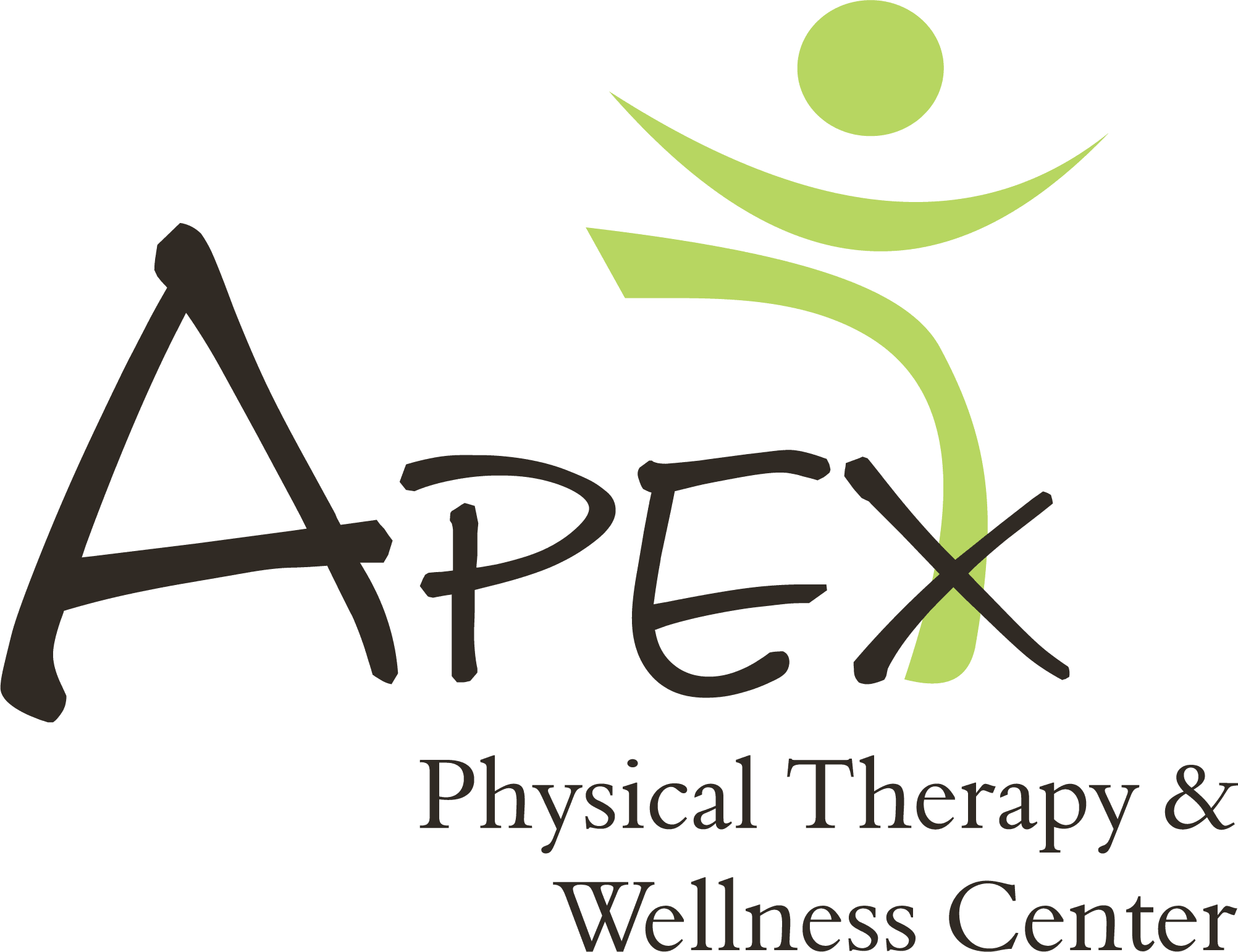THEY SAY “MOTION IS LOTION” SO, KEEP MOVING
Movement is GOOD! Motion is lotion. These simple yet profound statements underscore the importance of staying active and maintaining the health of your lower back as you age. As we grow older, our lower backs become more vulnerable to reduced blood flow, emphasizing the need to keep the spine in motion to promote circulation to this vital region of our bodies.
We will explore various strategies to enhance the well-being of your lower back. From correcting your sitting posture and preserving lumbar lordosis to addressing the challenges posed by lifting heavy objects and finding the right mattress support for restful sleep. Simple adjustments like regular interruptions during prolonged sitting and specialized exercises can reduce soft tissue stress and promote a faster recovery.
Ever wondered why coughing or sneezing sometimes triggers low back pain? We’ll delve into the mechanics of these actions and provide practical tips to minimize discomfort during these moments.
Remember, taking proactive steps to manage your lower back pain can lead to quicker recovery times and a better quality of life. If you find yourself struggling, don’t hesitate to seek professional guidance. Our team of expert Physical Therapists at Apex is here to assist you on your journey to a pain-free, active life, and we’re always ready to connect you with the right resources if needed.
5 Ways to Reduce Lower Back Pain
Movement is Good!
Motion is lotion. As we age, the lower back becomes more avascular, so the importance of moving the spine to encourage blood flow to those areas increases.
Correction of sitting posture
Maintenance of lumbar lordosis, either actively or with a lumbar roll.
Regular interruption of prolonged sitting
Reduce soft tissue stress/strain to allow for a quicker recovery.
Lifting
Yes, you can lift! But, when you do lift, it is important to maintain the hollow (lordotic) curvature in your lower back.
When lifting heavy objects/weights, stand upright and bend backward 5-6 times immediately before and after.
With repetitive lifting, make sure that you are frequently interrupting the activity and repeat the backward bending exercise throughout the task.
Lying and Resting
If your symptoms are aggravated by lying down and/or resting, you might want to consider correction of your sleeping surface.
Consider using a night roll.
Ensure that your mattress does not sag.
Also keep in mind that a mattress that is too firm may not provide you with the needed low back support.
Coughing and Sneezing
Many people report that their low back pain is aggravated by coughing/sneezing.
When you feel a cough or a sneeze coming on, stand upright and bend backward so that your back is hollow at the time of the cough/sneeze.
This is just a brief list of things that can be done independently to limit the frequency and/or severity of low back pain episodes.
As always, if you are unable to manage your lower back pain on your own, do not wait to be seen. Addressing low back pain early often leads to quicker recovery times. Contact our team of trained Physical Therapists to schedule your exam.
